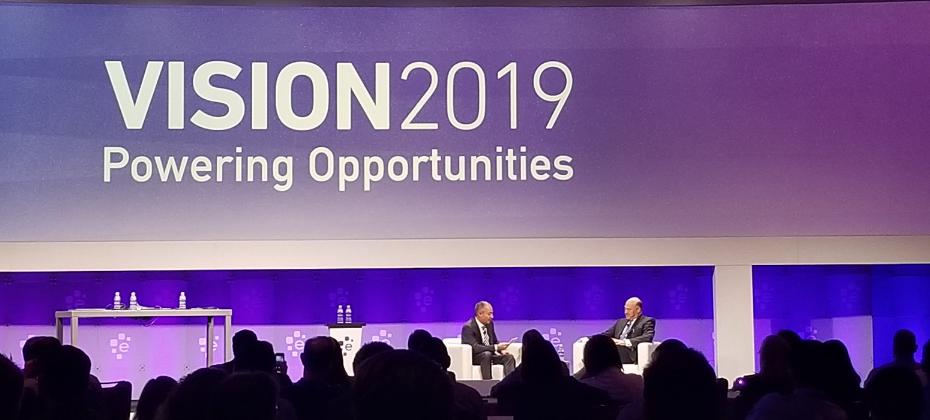Ten years after homeowners took advantage of a thriving real-estate market to borrow against their homes, many are falling behind on payments, potentially leaving banks with millions of dollars in losses tied to housing.
Most banks likely have homeowners with home-equity lines of credit (HELOCs) nearing end-of-draw within their portfolio, as more than $236 billion remain outstanding on loans originated between 2004 and 2007.
The reality is many consumers are unprepared to repay their HELOCs. In 2014, borrowers who signed up for HELOCs in 2004 were 30 or more days late on $1.8 billion worth of outstanding balances just four months after principal payments began, reported RealtyTrac. That accounts for 4.3 percent of the balance on outstanding 2004 HELOCs.
In practice, this is what an average consumer faces at end-of-draw:
A borrower has $100,000 in HELOC debt. During the draw period, he makes just interest-only payments. If the interest rate is 6 percent, then the monthly payment is $500. Fast forward 10 years to the pay-down period. The borrower still has the $100,000 debt and five years to repay the loan. If the interest rate is 6 percent, then the monthly payment for principal and interest is $1,933 – nearly four times the draw payment.
For many borrowers, such a massive additional monthly payment is unmanageable, leaving many with the belief that they are unable to repay the loan.
The Experian study also revealed consumer behaviors in the HELOC end-of-draw universe:
- People delinquent on their HELOC are also more likely to be delinquent on other types of debt. If consumers are 90 days past due on their HELOC at end of draw, there is a 112 percent, 48.5 percent and 24 percent increase in delinquency on their mortgage, auto loan and credit cards, respectively
- People with HELOCs at end-of-draw are more likely to both close and open other HELOCs in the next 12 months
- That same group is also more likely to open or close a mortgage in the next 12 months.
Now is the time to assess borrowers’ ability to repay their HELOC, and to give them solutions for repayment to minimize their payment stress.
- Identify borrowers with HELOCs nearing end of term and the loan terms to determine their potential payment stress
- Find opportunities to keep borrowers with the best credit quality. This could mean working with borrowers to extend the loan terms or providing payment flexibility
- Consider the opportunities. Consumers who have the ability to pay may also seek another HELOC as their loan comes to an end or they may shop for other credit products, such as a personal loan.



